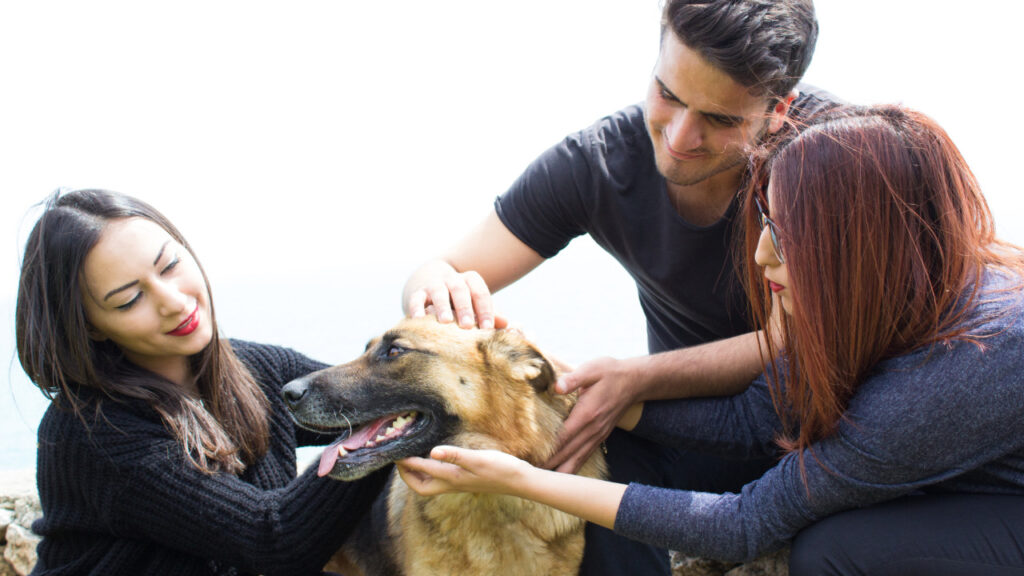How to manage dogs minor wounds and skin irritations

Step one is to do a tip to tail check of your dog. This will enable you to see what you’re dealing with and check for any other wounds.
Large, deep wounds exposing underlying tissue or bite wounds need to be seen by a veterinarian as soon as possible. If the wound is bleeding apply sterile gauze and pressure for about five minutes and then apply a light bandage over the top prior to hopping in the car.
Minor cuts or abrasions are a different matter. They are not usually life threatening and can often be treated from home. These kinds of wounds are small (think grazed knee!) and may have superficial bleeding.
Note that as wounds can be sore you need to minimise risk of being bitten or scratched whilst attending to your mate. You can do this by using a muzzle or having a friend to help gently hold your pooch.
If you’re unsure simply take your fur kid straight to the veterinarian – even minor wounds left untreated can become infected.
At home care can be helpful, if you deem it ok to treat ok please follow the below steps:
- stop any bleeding. Sterile gauze. Pressure for five minutes.
- apply a water-based lubricant – i.e. KY jelly directly to the wound. This stops further dirt or hair getting in.
- use clippers on the hair around the wound – this allows air to reach the wound and you can clean and monitor it more easily.
- bathe the wound with saline. You can purchase from the pharmacy or make at home: 1/2 teaspoon salt dissolved in 1 cup boiling water then cooled before use.
- dab with diluted betadine (povidone-iodine). Betadine needs to be diluted in water to make it the colour of weak tea – this is a more effective concentration.
Repeat steps 4 and 5 twice daily and monitor the wound very closely. If the area becomes swollen, red or smelly, or your dog is unwell, it’s no longer suitable to manage at home. Consult one of our vets online 24/7.